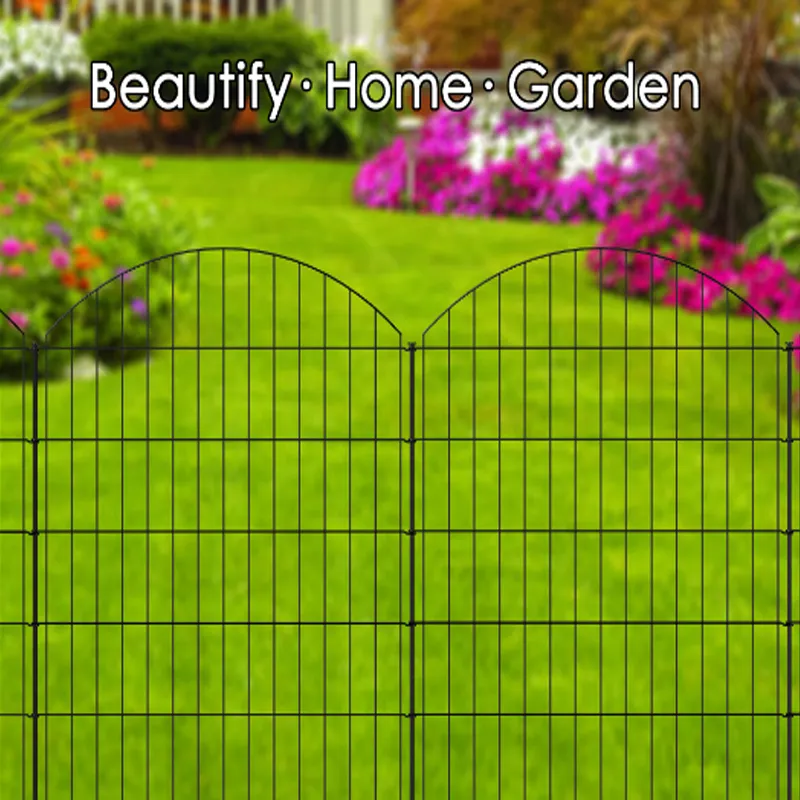DIY Plant Watering Stakes A Simple Solution for Your Greenery
Gardening is a wonderful hobby that brings joy, relaxation, and a sense of accomplishment. However, maintaining the health of your plants can be demanding, especially when it comes to watering. With busy schedules and fluctuating weather conditions, it's not uncommon for plant owners to struggle with keeping their plants hydrated. Fortunately, a simple solution exists DIY plant watering stakes. These easy-to-make devices can help ensure your plants receive the water they need, even when you aren’t around.
What are Plant Watering Stakes?
Plant watering stakes are devices that slowly release water to the soil around your plants, providing them with a steady supply without requiring constant attention. They work on the principle of gravity and capillary action, allowing the water to seep into the soil as needed. This helps prevent overwatering or underwatering, two common pitfalls of plant care.
Materials You’ll Need
Creating your own plant watering stakes is a cost-effective project that requires minimal materials. Here’s a quick list of what you’ll need
1. Terracotta Pots or Stakes You can use terracotta pot shards, or purchase terracotta stakes designed for watering. 2. Plastic Bottles A standard-sized plastic bottle (like a soda or water bottle) works well. 3. Drill or Sharp Object To make holes in the bottle cap. 4. String or Twine (optional) For decorative purposes or to hang your watering system. 5. Soil Moisture Meter (optional) To monitor your plants’ water levels.
How to Create Your DIY Plant Watering Stakes
Follow these simple steps to make your own watering stakes
1. Prepare the Bottle Start by cleaning your plastic bottle thoroughly. Remove the label and any residue to ensure the water stays clean. Cut off the bottom of the bottle to create an opening for filling it with water.
diy plant watering stakes

2. Create Drainage Holes Using a drill or a sharp object, make small holes in the bottle cap. Be careful not to make them too large, as the goal is for water to drip out slowly.
3. Fill With Water Once you’ve created the drainage holes, fill the bottle with water. You can also add a water-soluble fertilizer to the water if you want to provide your plants with nutrients.
4. Insert the Stake To use the terracotta stake, simply fill it with water and place it in the soil of your plant’s pot, ensuring that the upper opening is above the surface. If you’re using the plastic bottle method, bury the bottle upside down in the soil, leaving the cap at the top.
5. Monitor Water Levels If you’ve chosen to use a soil moisture meter, place it in the soil to gauge when your plants need more water. This will help you determine when to refill your watering stakes.
Benefits of DIY Plant Watering Stakes
There are several advantages to making and using DIY plant watering stakes
- Efficiency They provide a consistent moisture level, reducing the frequency of watering. - Simplicity Building these stakes is an easy DIY project that requires minimal time and effort. - Cost-Effectiveness Instead of purchasing expensive watering devices, you can repurpose materials you already have at home. - Customization You can experiment with different designs and methods to find what works best for your plants.
Conclusion
DIY plant watering stakes are a practical and innovative solution for keeping your plants hydrated and healthy. They save time and are easy to make, allowing both novice and seasoned gardeners to relax knowing their plants are receiving adequate moisture. So gather your materials, get creative, and give your plants the care they deserve with these simple watering stakes! Happy gardening!
















